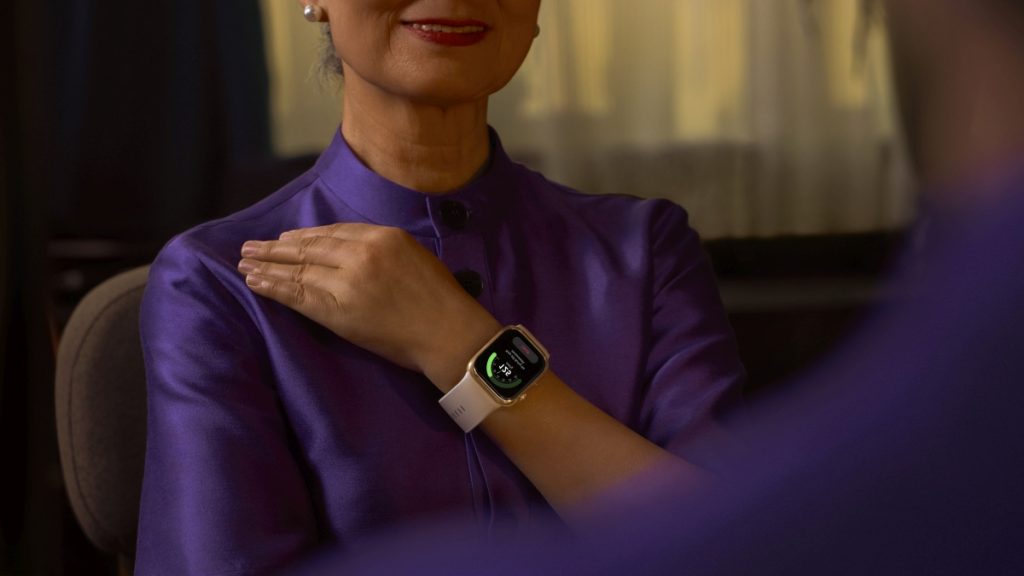Intel arrived at Computex 2024 with new Xeon 6 series Sierra Forest server processors and Xe2 GPU architecture for Lunar Lake CPUs. The company says these products and technologies are designed for the next generation of artificial intelligence AI PCs and generative AI applications, among other applications. It aims to make AI cost-efficient and accessible for all.
Intel launches new Xeon 6 series Sierra Forest processors
Intel’s Xeon 6 family of processors includes Efficient-core (E-core) and Performance-core (P-core) options. The company developed these solutions for a wide range of use cases and workloads. In its words, “From AI and other high-performance compute needs to scalable cloud-native applications.” At Computex 2024, it launched new E-core processors code-named Sierra Forest. New P-cores options code-named Granite Rapids will follow in the third quarter of 2024.
In the first batch, Intel announced new processors in the 6700 series and 6900 series platforms. The former offers up to 1.4x higher memory bandwidth and up to 1.1x increase in and out (I/O) bandwidth compared to previous-gen solutions. The latter, meanwhile, delivers up to 1.8x increased inter-socket bandwidth, allowing faster and more efficient communication between different parts of the system. Both processors support CXL 2.0—Type 1, Type 2, and Type 3.
According to Intel, these chips are best suited for “high-density, scale-out workloads, such as cloud-native applications, content delivery networks, network microservices, and consumer digital services.” The company touts up to 4.2x rack-level performance gain, up to 2.6x performance per watt gain, up to 2.7x higher 5G-user plane function performance per watt, and up to 3.5x higher next-generation firewall performance per watt compared to the previous generation.

Intel’s Xe2 GPU architecture brings a 5X AI throughput
Intel took to the ongoing computer expo in Taipei, Taiwan, to detail the architecture behind its Lunar Lake processors. The company says its microarchitecture consists of two unique tiles connected through an industry-leading Foveros packaging technology. The first is a compute tile containing the latest-generation E-cores and P-cores. It also houses the new Xe2 GPU, NPU 4, and an IPU (image processing unit).
The Xe2 GPU brings an 80% boost in gaming performance and more than five times the AI throughput offered by the previous generation. It delivers more than 60 tera-operations per second (TOPS) and a best-in-class visual experience. The NPU 4 offers up to 48 TOPS, a 3X increase over its predecessor while lowering the power consumption. Finally, the new IPU is said to provide “a great camera experience with reduced power.”


The other tile is the PCT (Platform Controller Tile)—an integrated platform for security and connectivity. Intel has upgraded the connectivity suite to include Wi-Fi 7, Bluetooth 5.4, PCIe Gen5 and PCIe Gen4 ports, and Thunderbolt 4 ports. The Lunar Lake microarchitecture also includes up to 32GB of Memory on Package. It reduces latency, speeding up data access and lowering power the overall power consumption of the system.
Intel says we will find Lunar Lake inside over 80 new AI PC designs from more than 20 OEMs starting in Q3 2024. The firm also revealed that ASUS, Foxconn, Gigabyte, Inventec, Quanta, and Wistron will join Dell, HP, Lenovo, and Supermicro with plans to bring new Intel Gaudi 3-powered generative AI systems to the market. Its AI kit with eight Gaudi 3 accelerators with a UBB (universal baseboard) will cost $125,000. Intel also launched a standard AI kit with eight Intel Gaudi 2 accelerators with a UBB at $65,000.





